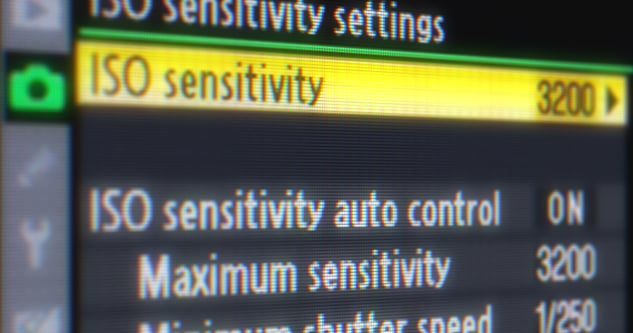Camera Facts: What’s the difference between Gain and ISO?

With many of the video borescopes and camera attachments on the market today, you would have seen the GAIN and ISO settings in your camera menu. Adjusting these separate settings gives immediate results, but what are they and how do they affect the image or video our device is producing?
For all practical purposes, it’s important to understand that both these controls essentially adjust the same thing; the brightness of your image. That is, they will allow your image result to be brighter in conditions that wouldn’t normally allow it, like when there is insufficient light. The best way to deal with ‘low light’ conditions is to add more light. This will result in a clearer image with less noise (noise or grain occurs when gain or ISO are cranked up).
Adding more light, of course, isn’t always possible, which is when gain and ISO become very useful in making an effective inspection. So what are they and which one should you use?
Gain is an electronic amplification of the video signal. This means that the signal is boosted electronically, adding more voltage to the pixels on your imager (CCD or CMOS) causing them to amplify their intensity and therefore brighten your image. This voltage increase is measured in decibels (dB) and is calculated using this equation:
Gain (in dB) = 20 x LOG(Voltage Out / Voltage In)
Don’t worry, after 15 years in the industry I’ve never had to use this equation, and probably never will.
ISO on the other hand originated from film days and is an acronym for the International Standards Organization. When film was being used it related to the sensitivity of film to light; the higher the ISO, the more sensitive the film was to light. In the days of digital, the term ISO is still used, but it refers to the sensitivity of the image sensor in your camera to light. Like the days of film, the higher your ISO, the grainier your image. Much in the same way increasing gain increases image noise or grain, increasing ISO will have the same result.

The Bottom Line
When you capture footage with a great deal of GAIN or ISO, it gives you more grain or noise in your video or image file. That means less detail. With these factors in mind, just make sure that you know exactly what you are about to do when you touch that gain switch. 10 Remember, if a scene is dark – follow these steps in order:
- Open the iris if possible (This lets more light into your camera)
- Reduce your Shutter Speed if possible (this will increase the amount of light getting to your sensor)
- Add another light source
With a lot of inspections, there simply is no option to add an additional light source. This is where ISO and Gain come in handy by allowing the inspector to digitally boost the image brightness using one or both of these functions.
If you’re looking for a borescope or a push-rod camera system or contact us today for a no-obligation chat.
